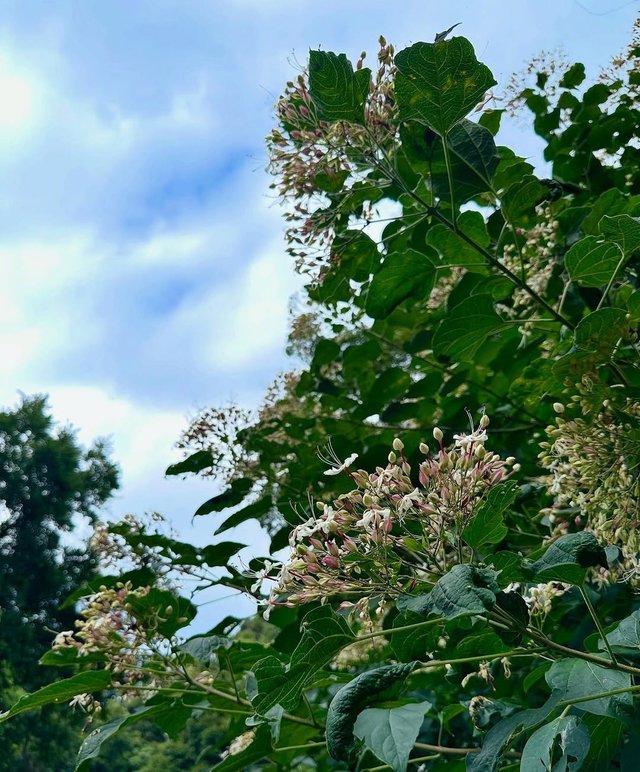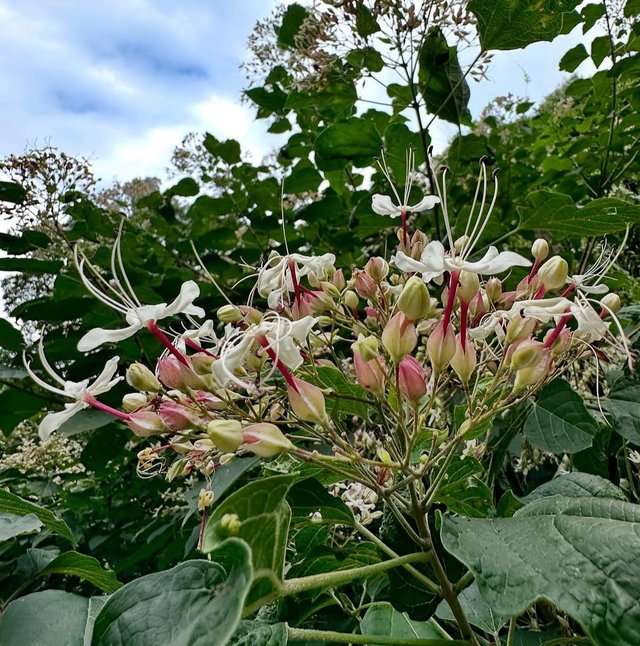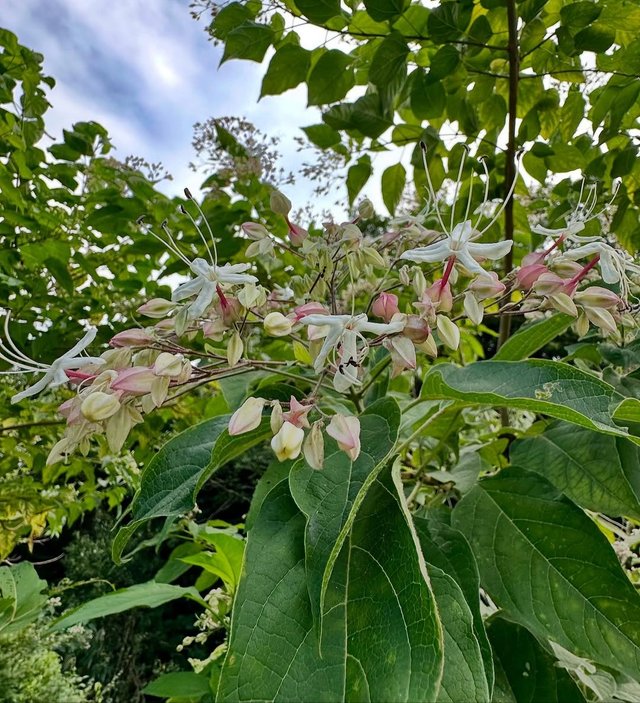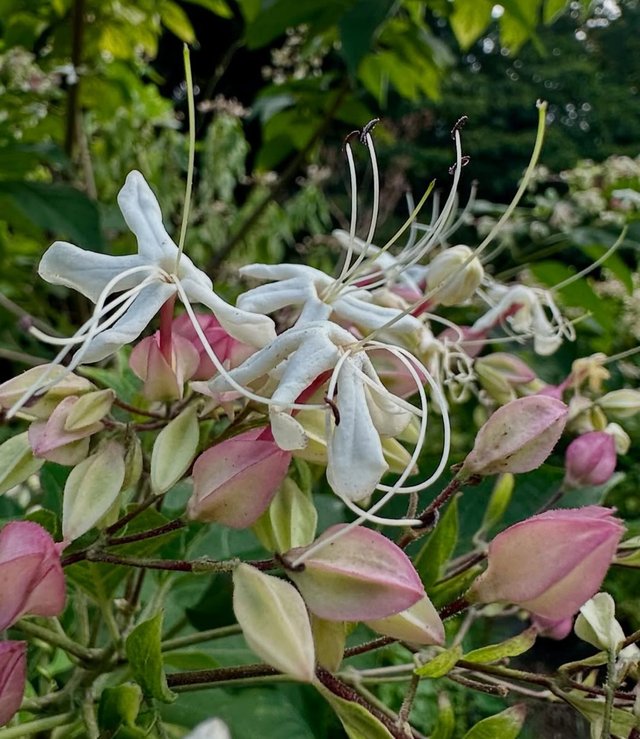Harlequin Glorybower Flower So Amazing
The Harlequin Glorybower, often called Peanut Butter Tree or Glory Tree, is a captivating ornamental shrub or small tree native to China, Korea, Japan, and parts of India. Known for its showy flowers, vibrant berries, and unique foliage aroma, this plant is a standout in any garden, blending visual splendor with botanical intrigue. It belongs to the family Lamiaceae, the mint family, which is home to many aromatic herbs and ornamentals.
Botanical Features
The Harlequin Glorybower typically grows as a deciduous shrub or small tree, reaching heights of 10 to 20 feet with a spread of around 10 feet. Its leaves are large, ovate, and deep green, giving the plant a lush appearance throughout the growing season. The leaves are one of its more curious traits—when crushed or rubbed, they emit a distinct peanut butter-like scent, hence the nickname “Peanut Butter Tree.”
In late summer, the plant bursts into a spectacular floral display. The flowers are small, tubular, and star-shaped, with pure white petals emerging from vivid red calyces. This contrasting coloration of red and white is striking, giving rise to the “Harlequin” part of its common name, reminiscent of a jester’s colorful attire.
After flowering, the red calyces persist, and metallic blue berries form at the center, creating a vivid tri-color combination of red, white, and blue. These fruits are not only ornamental but are also highly attractive to birds, providing ecological value.
Growth Habit and Cultivation
Harlequin Glorybower thrives in full sun to partial shade, preferring well-drained, moderately fertile soils. It is adaptable to a range of soil types, provided they are not waterlogged. The plant is hardy in USDA zones 7-10, making it suitable for temperate to subtropical climates.
While it can tolerate light frost, young plants may require protection in colder regions. Once established, it is fairly drought-tolerant but will perform best with regular watering, especially during dry spells.
Pruning is recommended in early spring to shape the plant and control its size, as it has a tendency to sucker and spread. In some regions, particularly in the southeastern United States, it can behave aggressively if not managed properly. However, its beauty and aromatic qualities often outweigh the maintenance considerations for dedicated gardeners.
| Device | cannon eos 700D |
|---|---|
| Lens | 55-250 zoom leans |
| Location | Bangladesh |




